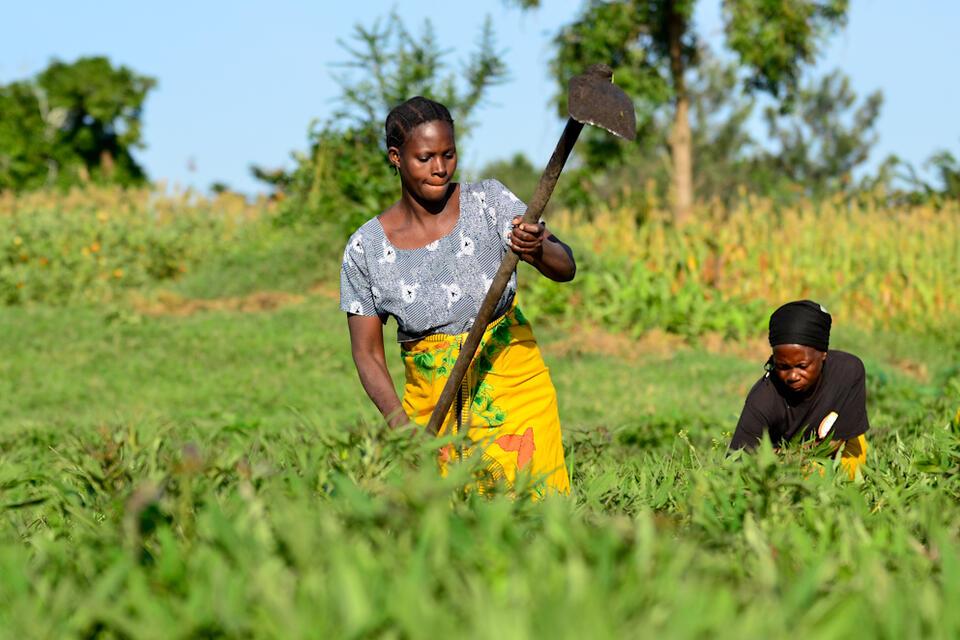Why accelerating climate change mitigation is critical for food and nutrition security
- From
-
Published on
25.08.25


As developing countries follow their vision for development, they face a dilemma that may threaten their growth. While nations race to meet global climate targets and embrace the goals that promise to keep the planet within livable boundaries, they also face a challenge: How can they pursue sustainable growth, without disproportionately shouldering the burdens of climate change? How can poorer nations grow to achieve the standard of living enjoyed by wealthier countries, while at the same time, mitigating climate change?
Much of the climate debate has centered around the idea that developed countries, the historical culprits of high emissions, must focus on mitigation, while developing nations need to adapt to a changing climate. But a shift is underway, to recognize that developing nations are not only adapting – they are also contributing to climate change mitigation. They are not passive actors who merely respond to the damage inflicted by the industrialized world. Instead, they are tackling the dual challenge of reducing emissions and continuing to grow and develop.
This shift has already been understood. Countries have agreed on a new framework under the United Nations Framework Convention on Climate Change’s Conference (UNFCCC) of the Parties that considers common –but differentiated– responsibilities to address the impacts of climate change. Agriculture and food organizations and research centers, like CGIAR, are beginning to engage with this new framework, with opportunities to more fully integrate climate change mitigation alongside efforts to deliver food and nutrition security —as a recent paper published in the Journal of Agriculture and Food Research underscores.
Advancing the triple goals of creating sustainable, low-emission food systems, ensuring food security, and enhancing nutrition depends to an extent on seamlessly integrating food and nutrition security within climate-change mitigation initiatives. A comprehensive strategy is required, and the CGIAR and other research organizations must continue to recalibrate climate-change research agendas towards low-emission models to deliver on these interconnected goals.
